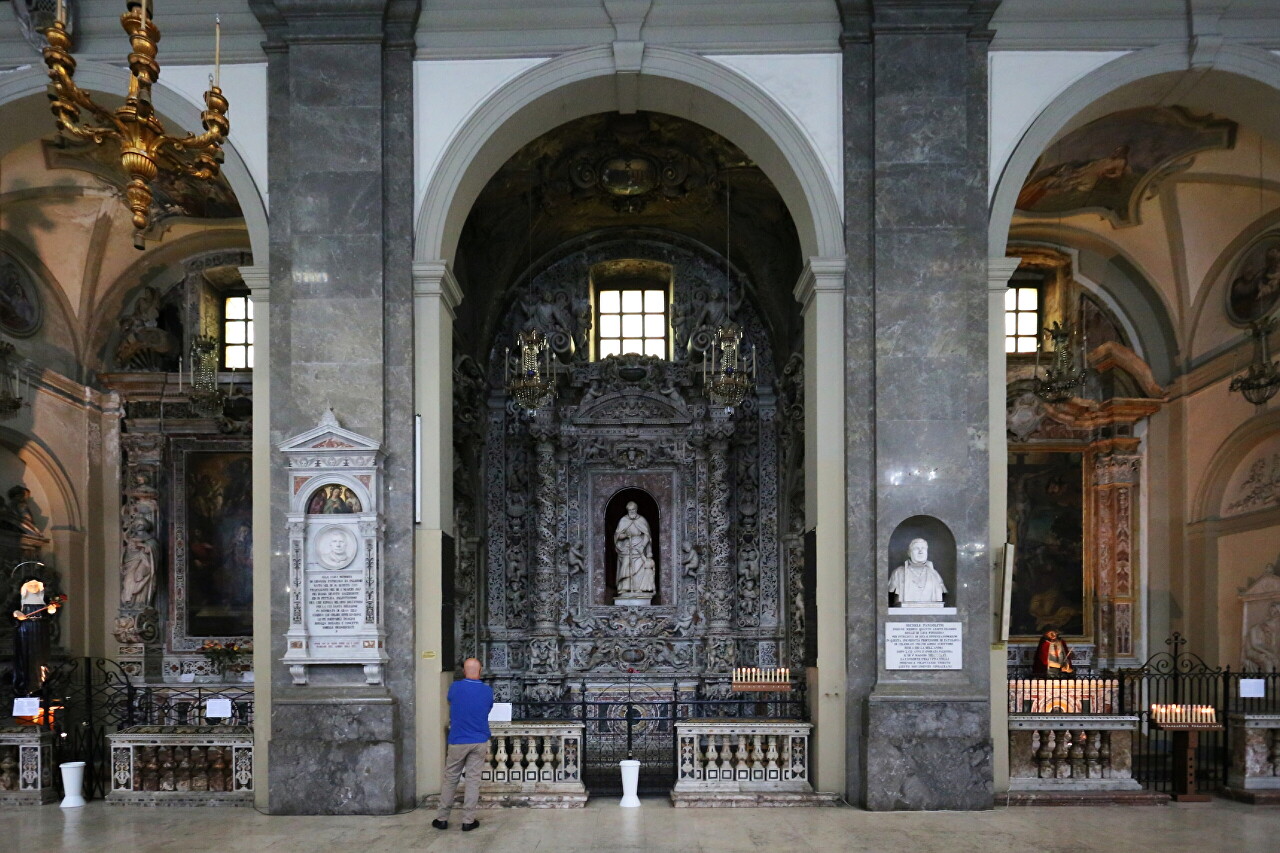Church of San Domenico, Palermo
In the middle part of Via Roma, in the historical quarter of La Loggia, there is a Baroque church, the second most important in Palermo and one of the largest in Italy (Chiesa di San Domenico). The Domenican community was founded in Sicily in 1221 by preachers who arrived from the Teutonic Order on the instructions of the Holy Roman Emperor Frederick II of Swabia. The monks settled outside the city walls of Palermo next to the dilapidated early Christian church of St. Ursula (Sant'Orsola). This land belonged to the families of Santa Flora and Mastrangelo, in 1270 they donated it to the Domenicans. In 1280, the old church was demolished and construction of a new one in the Gothic-Norman style began in its place. Five years later, the church was consecrated in the name of St. Domenicus. In the Aragonese era, in 1420, the church was rebuilt and expanded. In 1458, another reconstruction took place, in the Renaissance style, in this form the church worked for almost two centuries. In early 1640, the building was demolished and the foundation stone of the new church was laid on February 2. The facade acquired its final appearance in 1726, as we can see it now. During the Sicilian Revolution, in May 1848, the Kingdom of Sicily was officially proclaimed under the arches of the Church of St. Domenico and a parliament was formed.Since 1853, the church has become a burial place for politicians and artists, becoming known as the Pantheon of Glorious Sicilians. In particular, there is the grave of the famous anti-mafia fighter Judge Giovanni Falcone, who was killed along with his family and guards on May 23, 1992.
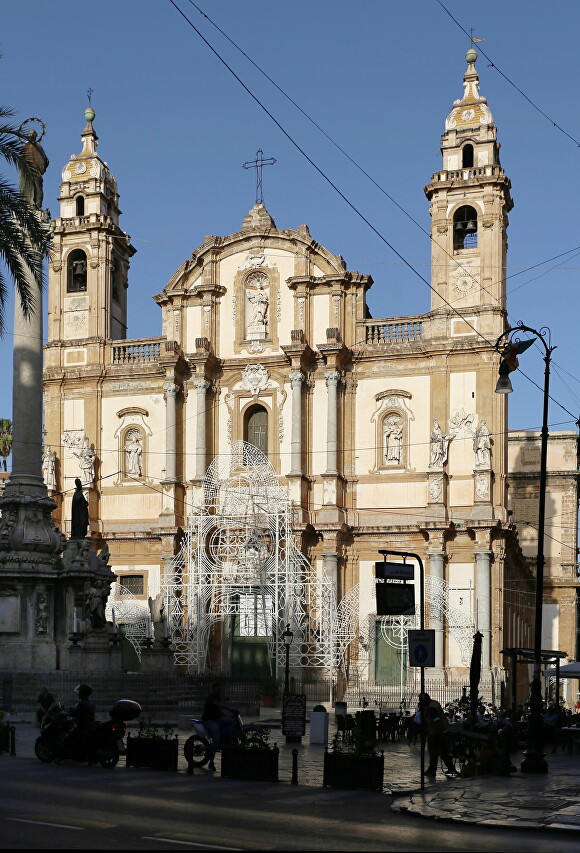
..
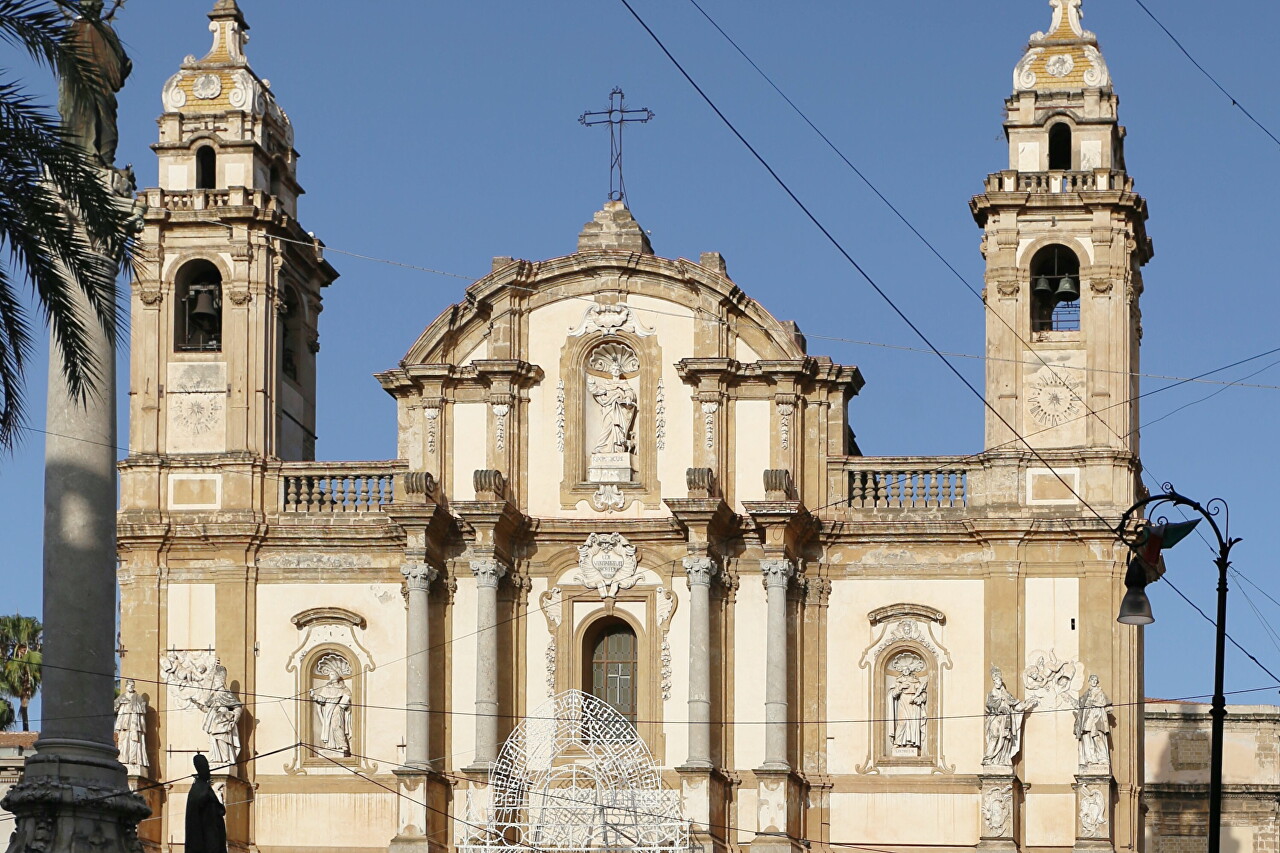
..
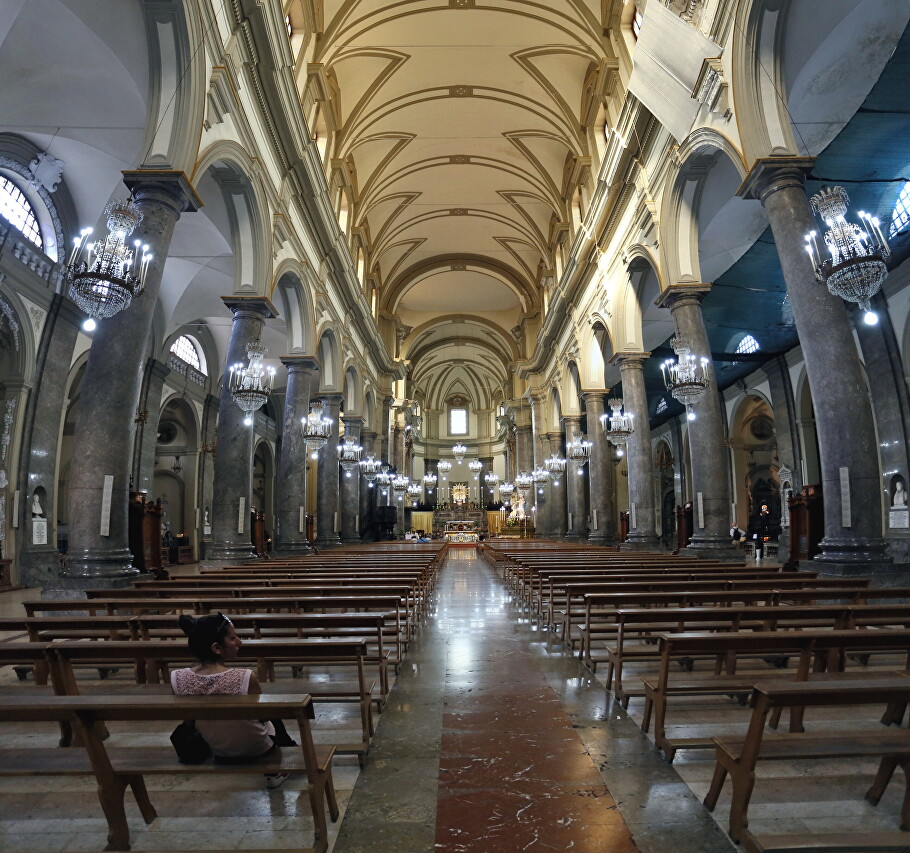
..
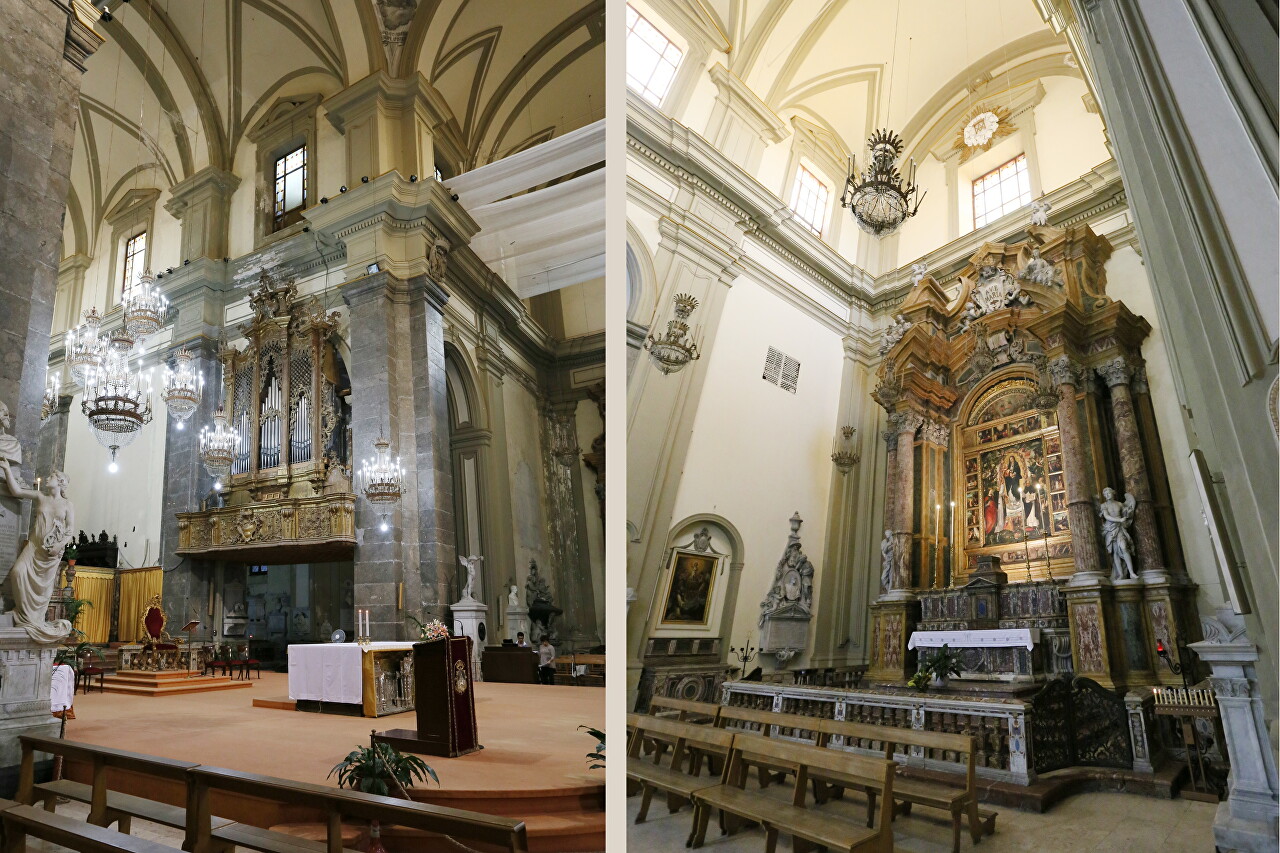
..
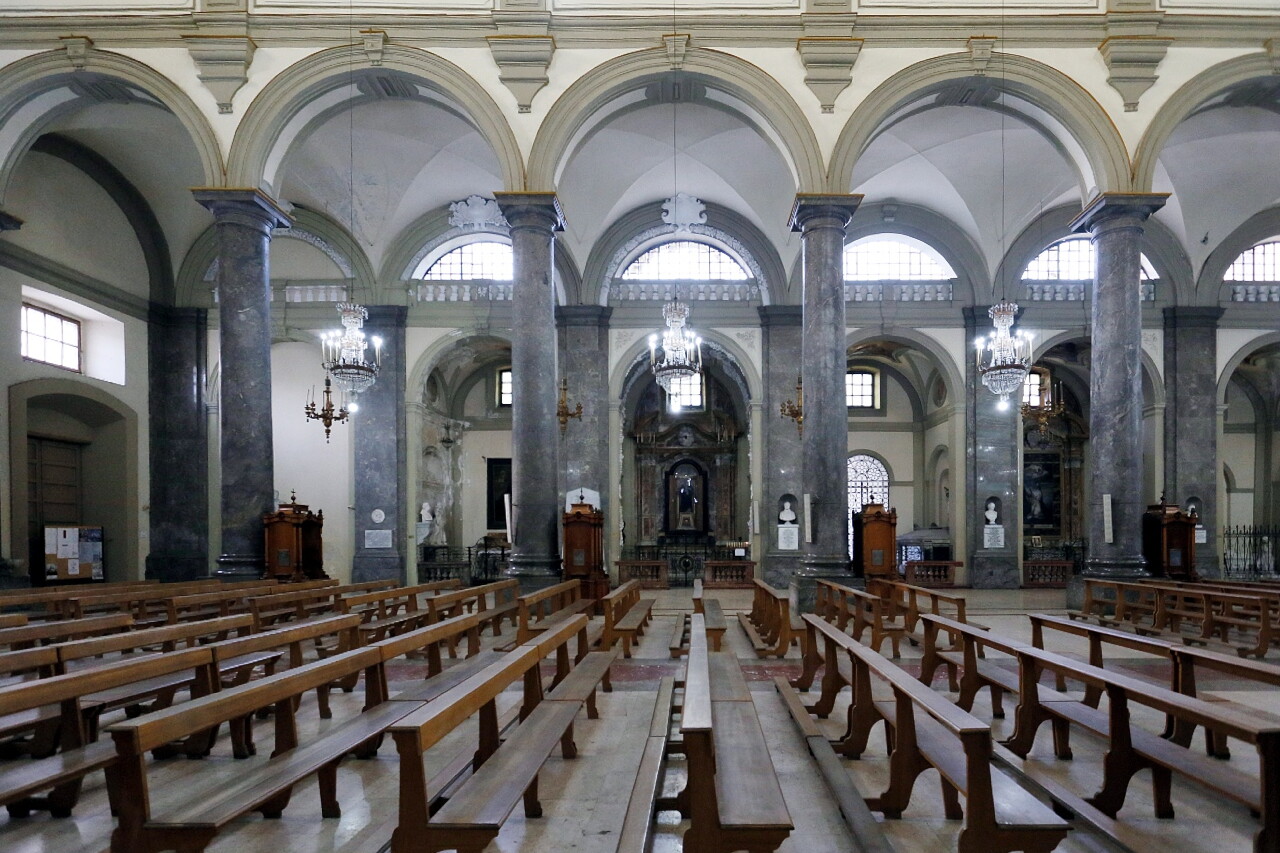
..
